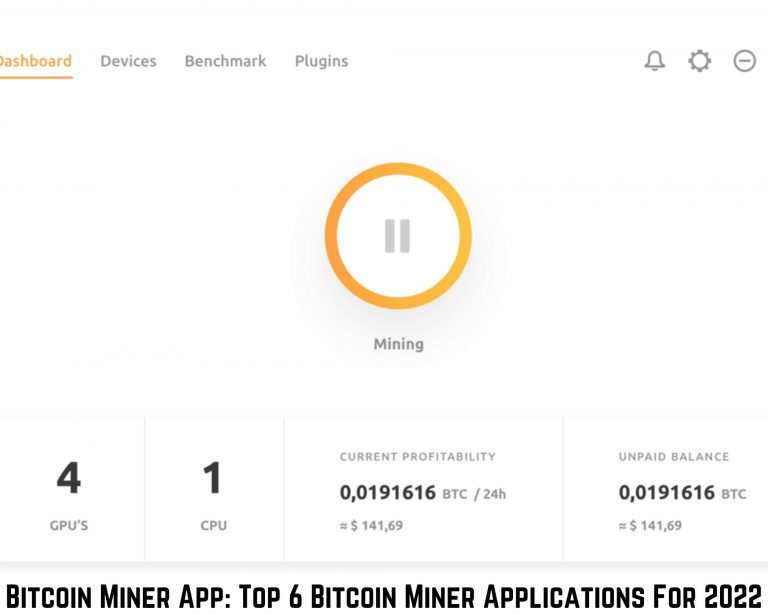
Bitcoin mining is the procedure of validating deals and assembling them right into blocks. That might appear complicated initially, but the miner has to simply terminate up a mining program on the server, computer system, or tool he plans to mine with.
Table of Contents
Mining Serves Two Functions in Bitcoin:
1) new bitcoins are included in deals as they are mined.
2) the mining creates a safeguard for the system, by developing a challenging obstacle that can be reproduced on all nodes.
An example of this sort of protection is the blockchain – it’s an open collection of blocks, each block containing deals that were validated in prior blocks. It proves to everybody that any given deal hasn’t been included twice. The blockchain cannot be changed without re-doing the proof-of-work on all the blocks after that one, which would take a lot of time and power.
Also Read: The Leaked IPhone 14 Pro Notchless Display Design Is More Insane Than We Thought
It should not come as a surprise that mining is very hard to do profitably – you need a specific setup comprising equipment that costs hundreds or thousands of bucks. Nonetheless, if you have a computer system and an internet link, you can basically mine away.
more information: https://www.indect-project.eu/klemmbausteine-erobern-die-welt/
Mining Applications:
Source:https://www.softwaretestinghelp.com/bitcoin-mining-software/
1) GUIMiner – supports both Windows and Linux operating systems and features: dynamic clocking, monitoring fans speed and temperature, etc – see screenshot above for example. There is no need to enter any additional information or even login into the account. Just run it and start mining.
2) EasyMiner – supports only Windows OS and is GUI-based, so easier to use, but no additional configuration options are available. Another option to check out is the open-source MacMiner.
3) bfgminer – It is the open-source ASIC/FPGA miner application that features dynamic clocking, fan speed control, and remote interface capabilities. bfgminer is available for Windows, Linux, and OS X users.
4) BitMoose – supports both Windows and Linux operating systems and features: dynamic clocking, price alarms to avoid rapid changes in the network hash rates when you are selling or purchasing bitcoins, etc.
5) CGMiner – is a multi-threaded, highly optimized CPU miner for Litecoin and other cryptocurrencies. It runs on both Windows and Linux operating systems.
6) POCLBM – supports only Linux OS but comes with an interactive console that provides a rich set of commands. You can easily monitor your miners or change settings from the console.
Mining for bitcoins is a process that helps secure the Bitcoin network and produces new Bitcoin. In this video, I discuss the different types of miners and mining applications available, as well as how to get started mining yourself.
To get more related content related to Entertainment, Technology, Windows Fixes, Do-Follow Tremblzer. On Google News